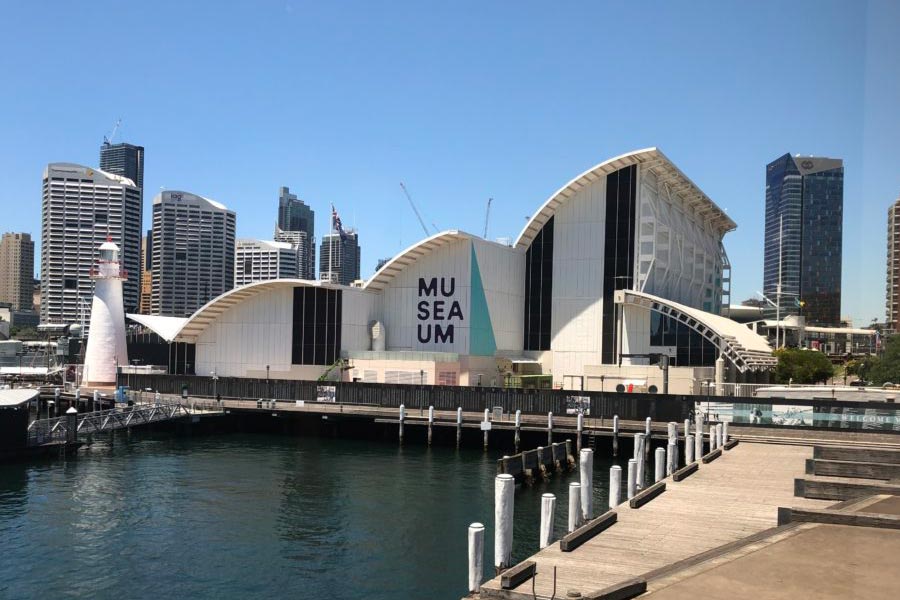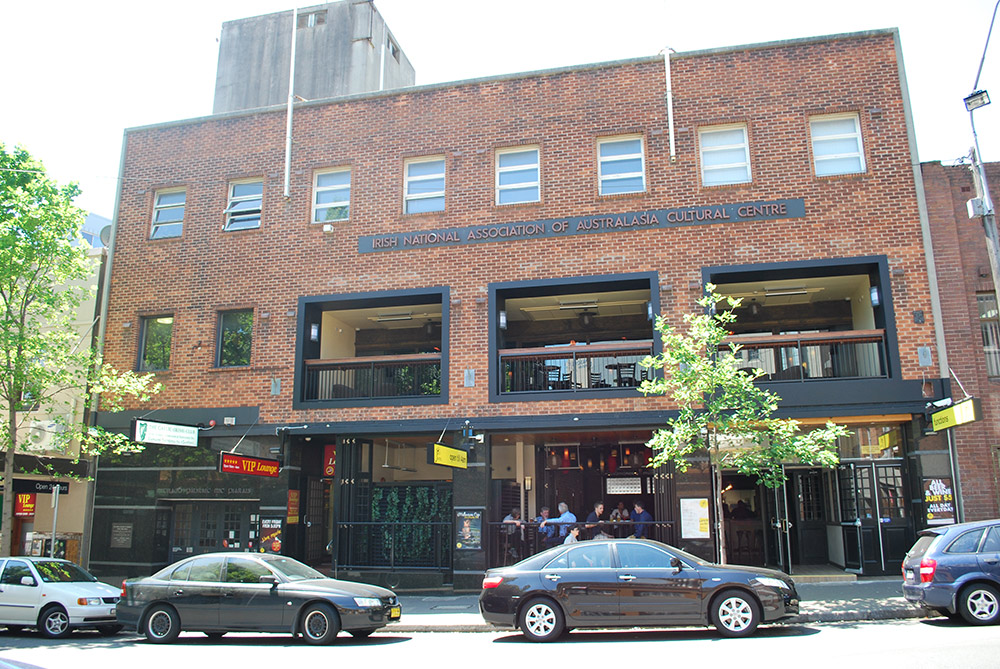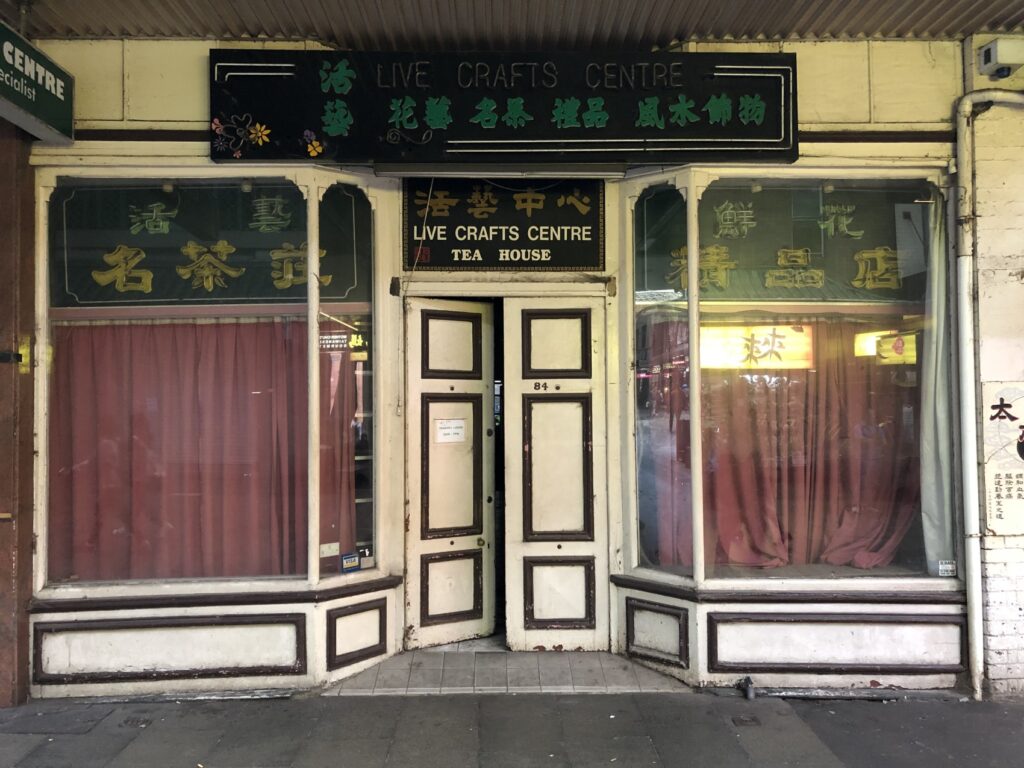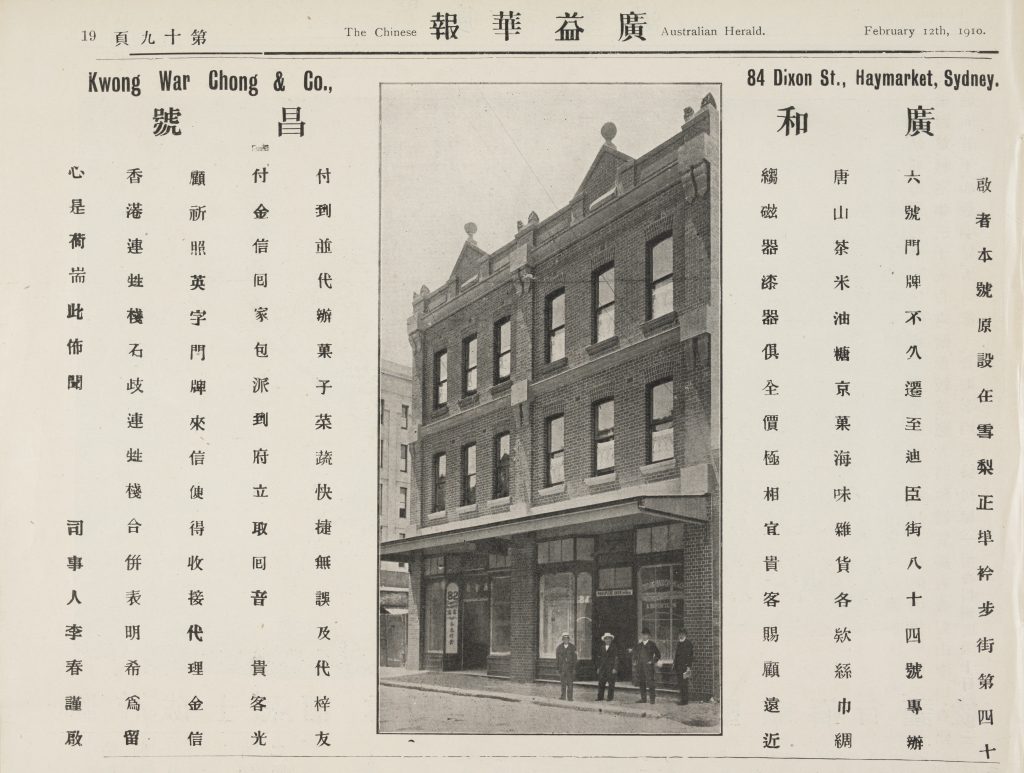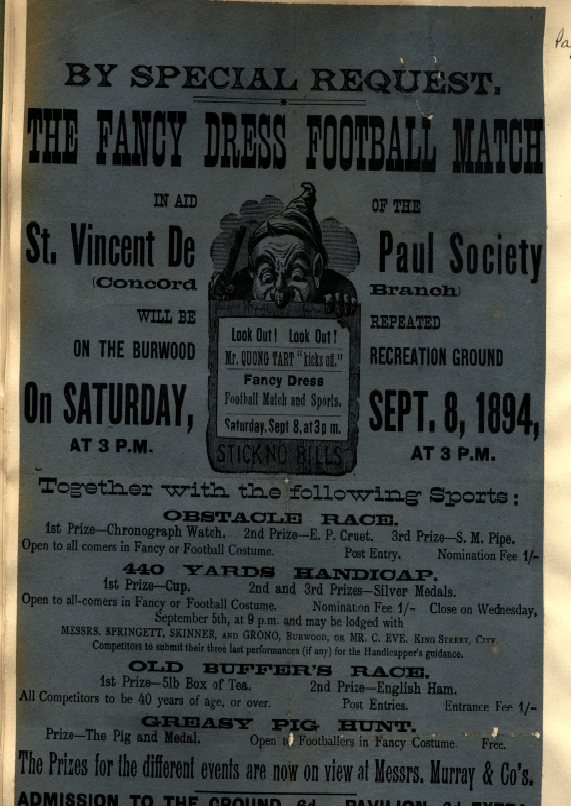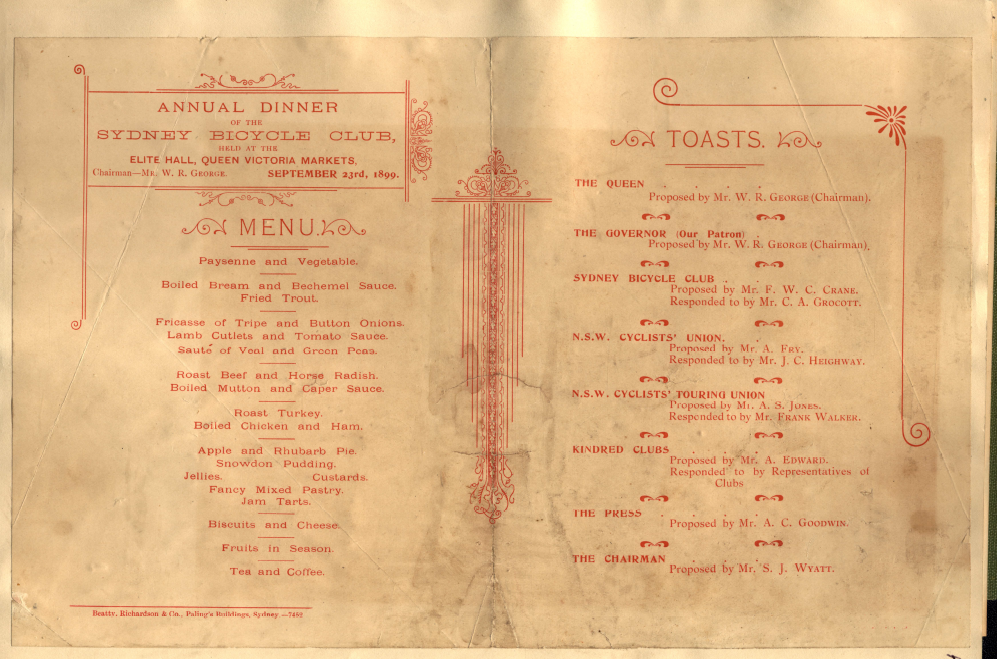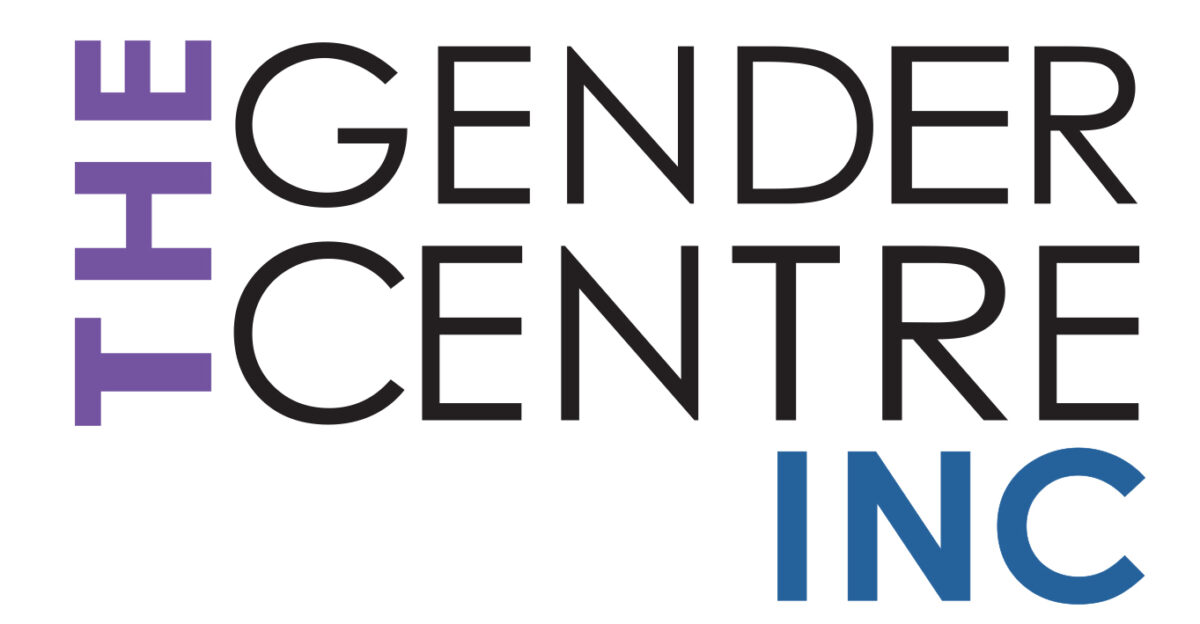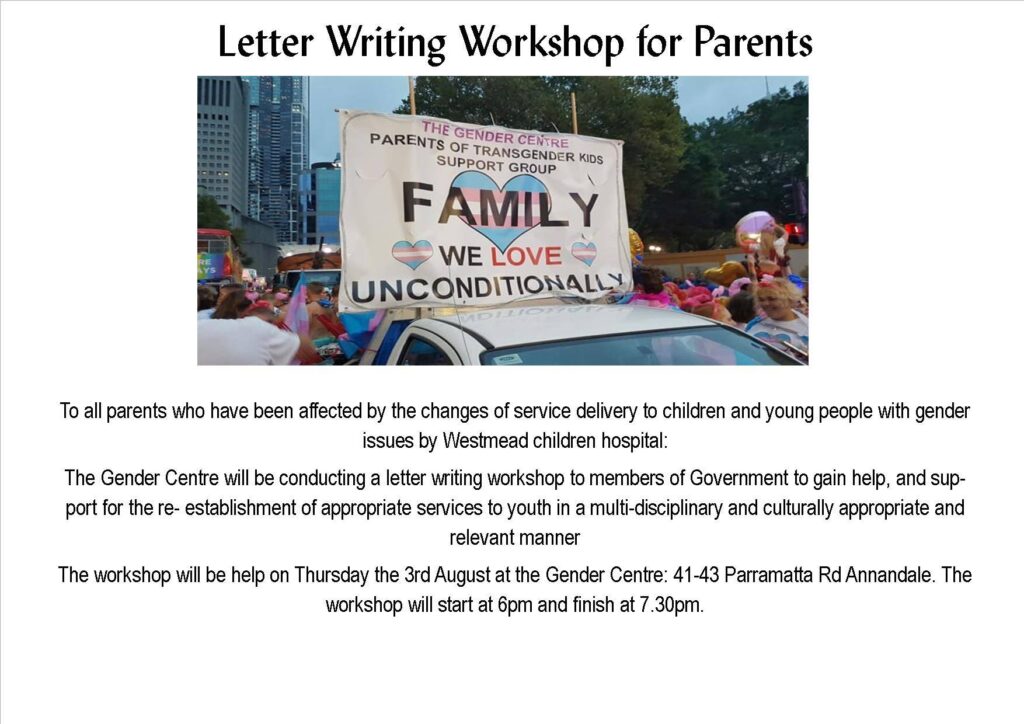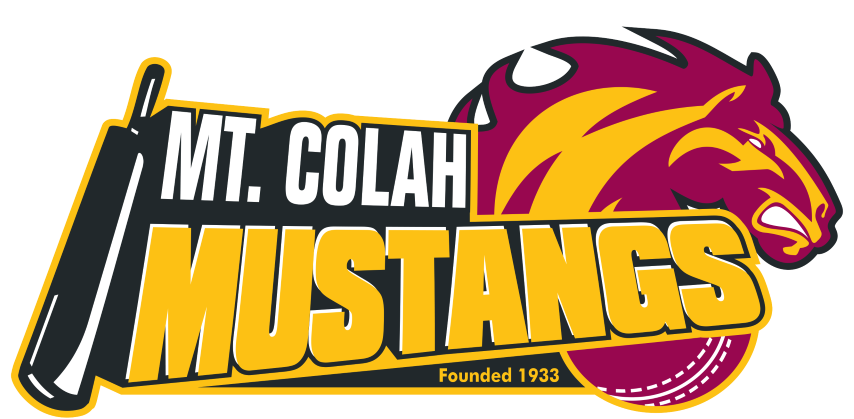The intersection between science, history and activism will be highlighted in my multimedia environmental history project with the Australian Marine Conservation Society (ACMS). It will explore how technology and historical analysis can benefit real world conservation work and assist ACMS to produce a detailed timeline of their historic impact.
Together with my supervisors Cat and Katie, I decided that it would be best for me to link my existing interests with a particular section or team in their organisation. This is something that would most benefit their organisation as well, knowing who to align me with throughout my project for archives and for further information. It would also give that section some concrete content for them to use in their work. All conservation work in this organisation is very site specific. I have decided to work with the reef team, based in Queensland who develop conservationist methods of communication to help to protect the Great Barrier and Ningaloo reefs from climate change devastation.
In a meeting I suggested that given the visual nature of these reefs and the multi-sensory nature of the reef in general, I would like to produce a multimedia photo essay that would be accompanied by a range of multimedia tools including oral histories (recorded on my zoom recorder) and historiographic analysis text. This would be built into a webpage but would also be submitted to them as separate pieces of historical analysis which they have said they could either use as a whole or separate and use at different stages of their campaign.
The project will be a historiographic analysis of coral bleaching in Australia. Through a range of technologies, I will analyse how our opinions have changed regarding the coral reefs over time and when the media has really started paying attention. The project will be both a timeline (in part) and a visual history analysis, unpacking how images have impacted Australians with regards to Coral bleaching.

Coral bleaching events in the Great Barrier Reef have increasingly lengthened and gained severity since evidence first emerged in 2002.
Possible challenges moving ahead could include organising time to meet with science communicators (over the phone) for audio interviews and on a practical level, building the website which will require me to up-skill to a higher level of web development. Its an opportunity to improve my digital literary skills and explore how coral imagery can interact his historiographical analysis.
Cat and Katie have noted that they will put me in touch with the communication team in a couple of weeks so I am able to liaise with them about what will suite their existing interface and what kind of access I am able to gain to their archive of conservation work. She is also asking coral reef scientists if they would be comfortable being interviewed. In the meantime, I am reading the works of Ian McCalman (who I have spoken to about an environmental history/Communications honours) and Killian Quigley. I’m sure the Sydney Environmental Institute would be able to assist me in many other ways as well.
As this organisation is so acutely dependent on science communication, but so many of their staff are short of time to do deep history work on their organisation and its impacts as they work to improve the future for Australia’s coral reefs, I hope that my project will provide a new way of looking at the organisations work. Hopefully this will be an initiative that I can continue to develop with them over time and will create a precedent for the ways in which they can digitally communicate their impact through time. Kat has also mentioned that a history of reef conservation and bleaching will tie in well with the 40th anniversary of the Great Barrier Reef as well as being a big priority in the lead up to World Heritage deadlines and WH Meeting in 2022.

I hope that this work with ACMS will reflect the importance of multidisciplinary collaborations between the sciences, humanities and environmental NGOS of Australia and explore the remarkable effect this collaboration has already had. I am passionate about the work this organisation does and hope that my experience as an environmental documentary researcher will help me to assist this important organisation.

